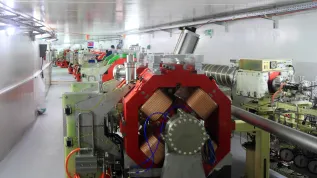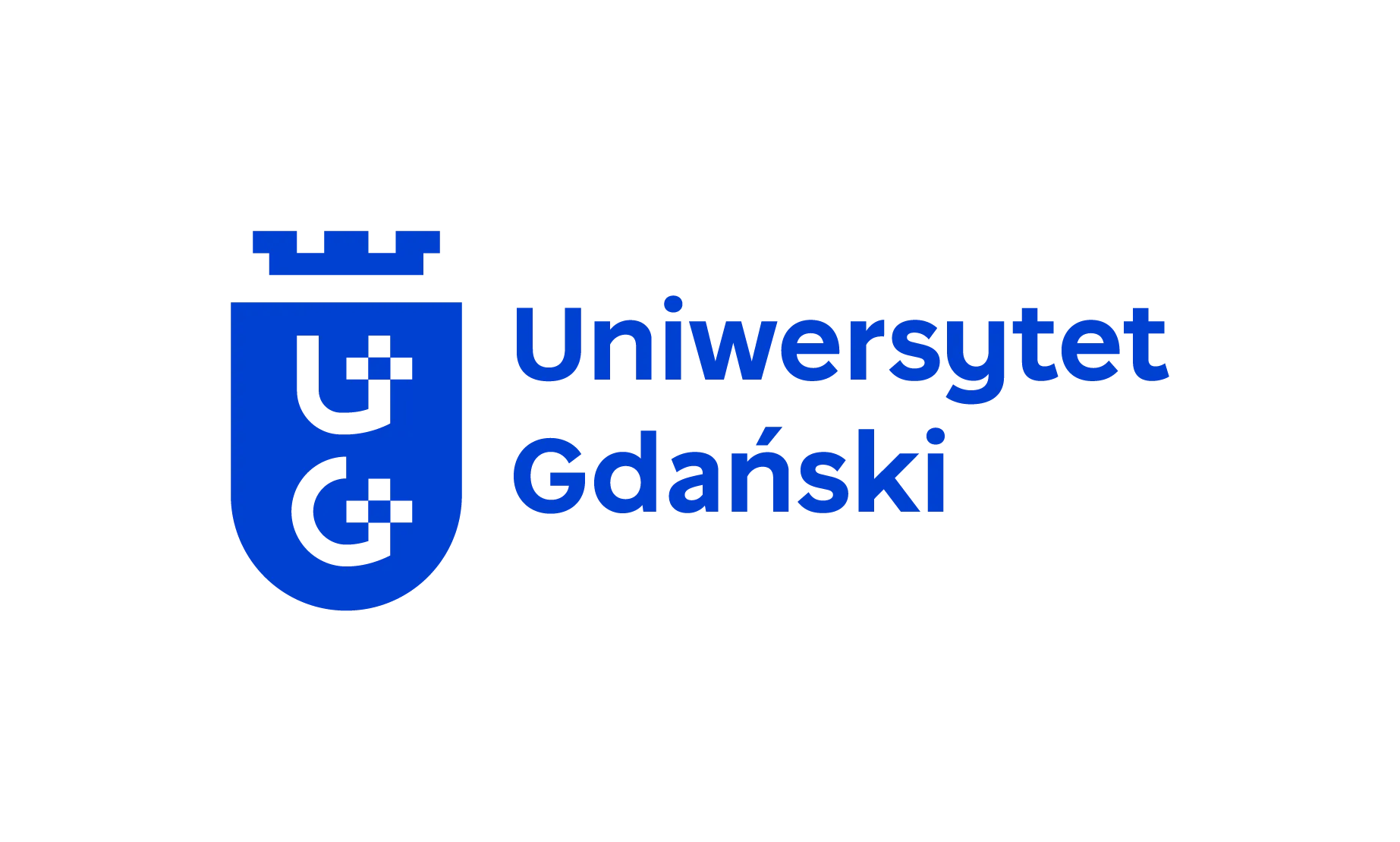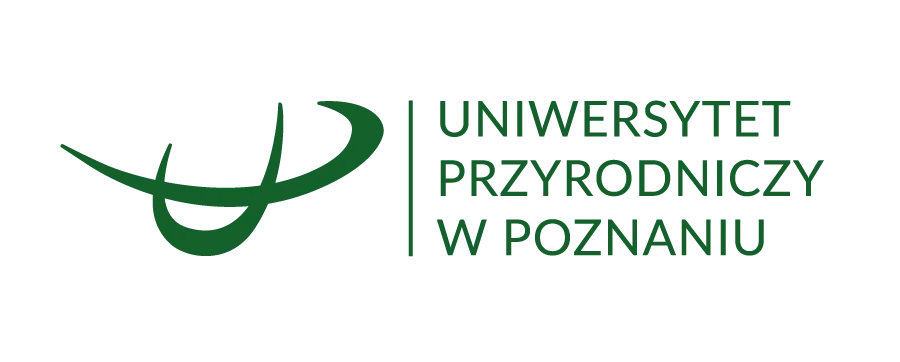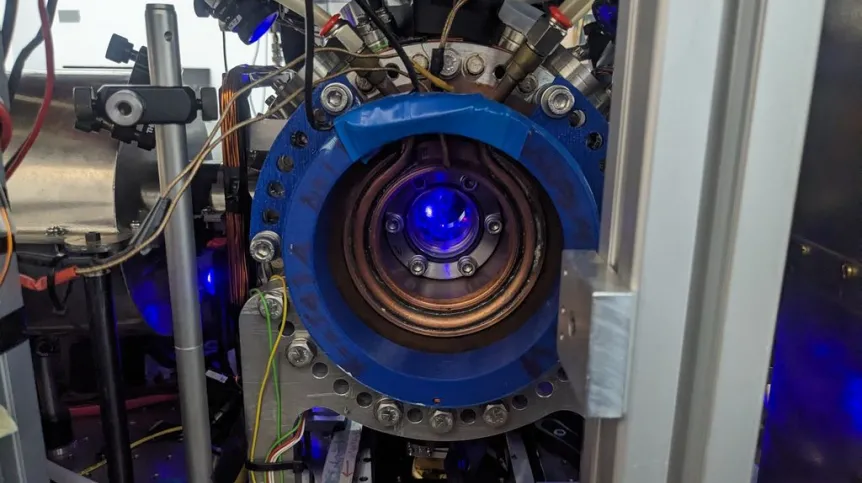
Poland and Germany have completed the first international fibre-optic link for comparing ultra-precise time measurements between laboratories, marking a significant step toward building a pan-European timekeeping network.
The new connection allows real-time synchronisation of the most accurate clocks in both countries—optical atomic clocks—enabling breakthroughs in navigation, security, and even earthquake forecasting.
““For several decades now, however, there has been no single, global, infallible standard clock in use — the equivalent of the Sèvres kilogram standard — with which all clocks in the world would have to synchronise,” said physicist Dr. Michał Zawada, professor at the Nicolaus Copernicus University in Toruń.
He added: “To obtain a time standard today, it is necessary to be able to compare measurements of clocks from different parts of the world in real time and average their calculations.”
The newly established fibre-optic bridge connects the German National Metrology Institute (PTB) in Braunschweig to the Poznań Supercomputing and Networking Centre in Poland, forming a 690-kilometre link composed of optical fibres from the Polish PIONIER network (approx. 270 km) and German GÉANT infrastructure (approx. 420 km).
The connection, part of the European GÉANT network, allows time signals from Germany’s most accurate atomic clocks to be transmitted directly to key Polish institutions, including the Nicolaus Copernicus University and the Central Office of Measures in Warsaw—the authority responsible for official time in Poland.
The ticking heart of technology
Traditional timekeeping devices—from pendulum clocks to quartz watches—fall short of the extreme precision now demanded in science and industry. GPS navigation, high-frequency banking transactions, quantum cryptography, and even military coordination rely on time measured down to billionths or trillionths of a second.
Atomic clocks, which measure time by the oscillations of atoms, are today’s gold standard. But optical atomic clocks—like those operating in Toruń—are even more precise, with “pendulums” that tick a billion billion times per second.
“If we can measure time with such precision, calculations become available regarding very non-obvious properties of the universe,” said Zawada. “As we know from Einstein’s theory, gravity curves spacetime — time runs slower near massive objects and faster away from them.”
These small differences can now be measured. “The clock on the Palace of Culture and Science ticks slightly faster than the watches on the wrists of Warsaw residents boarding the subway,” Zawada said. “These differences have no significance in everyday life, but when measured precisely, they can be used in advanced technologies.”
A Tool for Earthquake Prediction
“When the mass distribution changes underground — for example, a caldera beneath a volcano fills with lava — the gravitational field in that location changes, and as a result, time flows slightly slower there than before,” Zawada explained. “When you compare a clock at an active volcano with a clock standing in a stable location, it turns out they desynchronise — one clock starts to run differently than the other.”
This principle is already being used by Japanese researchers to predict earthquakes and volcanic activity, providing valuable time for residents to prepare.
Beyond Radio: A New Era for Time Transfer
Previously, time comparisons between atomic clocks were made using radio waves—sufficient for older technologies but far too imprecise for modern optical clocks. “It’s like asking someone what time it is in a paper letter sent by mail,” said Zawada. “It makes no sense.”
Fibre-optic cables are now essential for transmitting high-frequency photons—tiny packets of light—without distortion. “We need a medium capable of quickly transmitting unchanged photons of a specific frequency over long distances,” Zawada said.
The Pathfinder fibre link includes 10 signal amplification points and a specialised repeater for time and frequency transfer. It uses transmission equipment developed and manufactured in Poland through collaboration between the Poznań Supercomputing and Networking Centre and AGH University of Science and Technology.
Still, Zawada said, “the project’s greatest challenges were bureaucratic and political: how to formally organize the construction of a fibre-optic cable spanning national borders.” These hurdles have now been overcome, setting a precedent for future transnational links.
At the core of optical atomic clocks is a photon of a specific frequency—the “colour” of light needed to excite an atom and measure time. “Each colour is a slightly different ‘photon pendulum,’” Zawada explained. “If we've found a colour that excites a given atom—and atoms do not change their preferences—we have a time standard.”
Comparing these colours at different locations makes it possible to spot gravitational differences, detect geological shifts, and build the future of scientific and industrial precision.
“Now it is time for additional partners,” Zawada said. “We hope other countries will follow this model and help establish a European network of time measurement centres.”
PAP - Science in Poland, Ludwika Tomala (PAP)
lt/ bar/ amac/
Gallery (17 images)
-
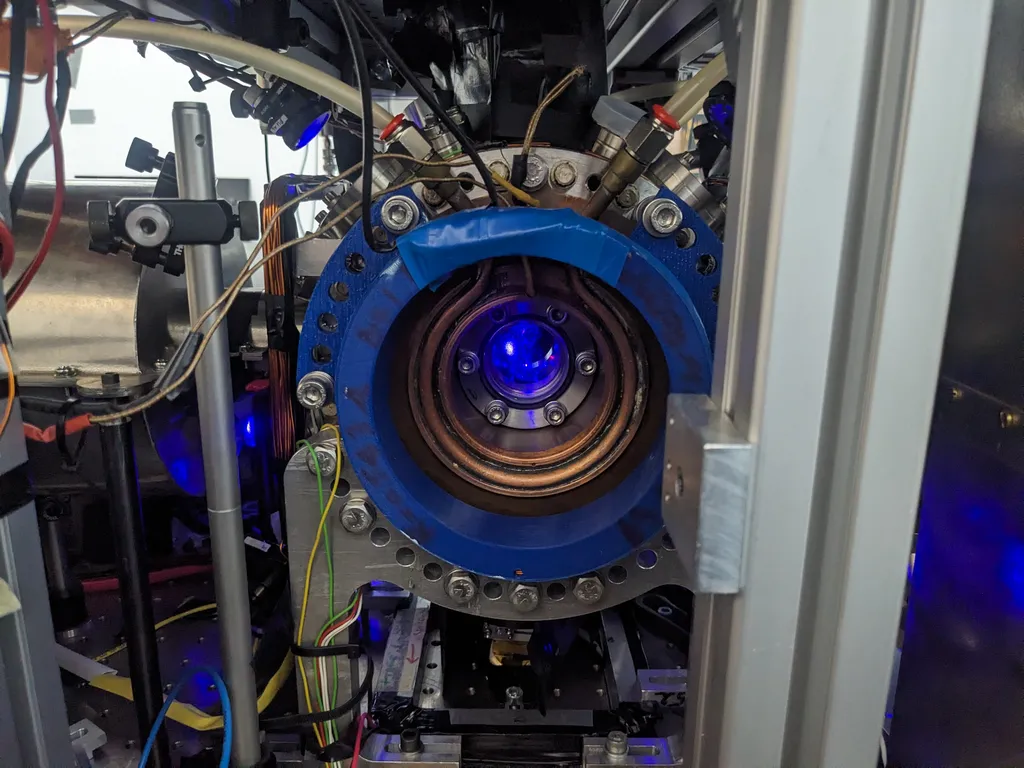 1/17Credit: Piotr Morzyński
1/17Credit: Piotr Morzyński -
 2/17Credit: Piotr Morzyński
2/17Credit: Piotr Morzyński -
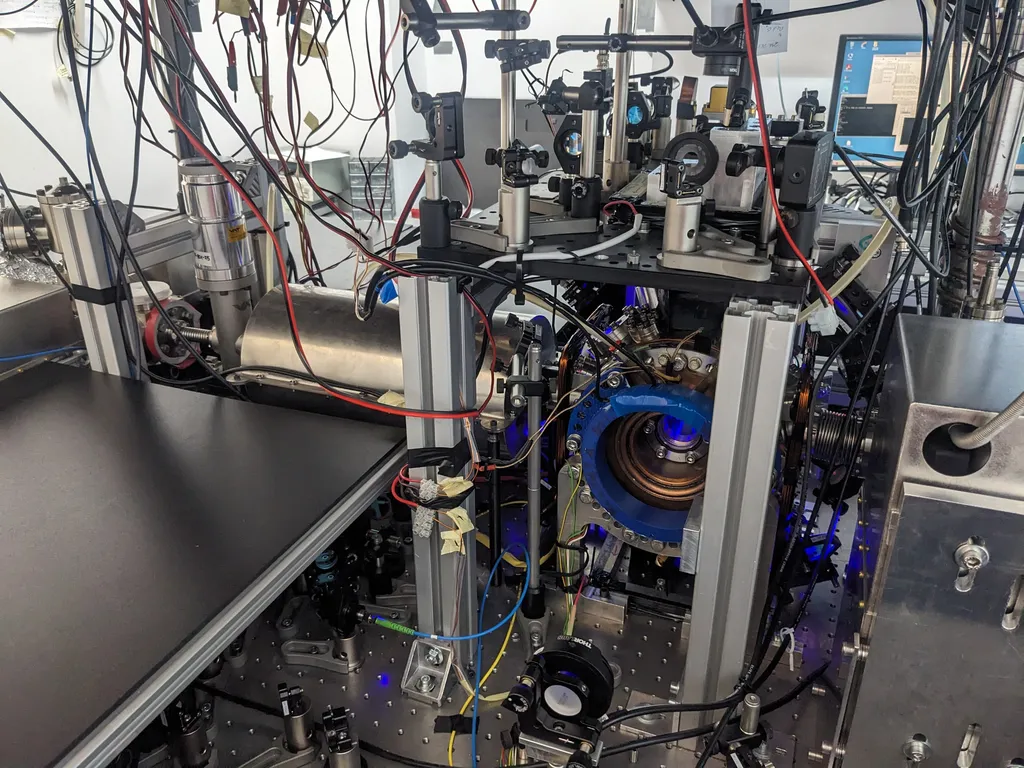 3/17Credit: Piotr Morzyński
3/17Credit: Piotr Morzyński -
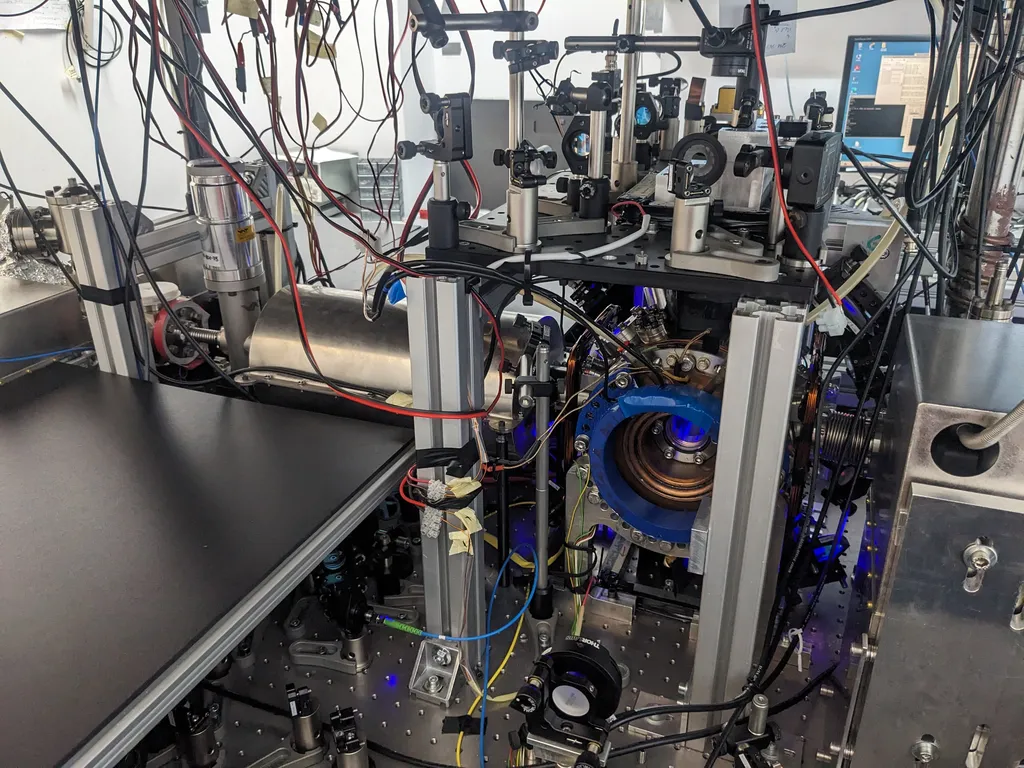 4/17Credit: Piotr Morzyński
4/17Credit: Piotr Morzyński -
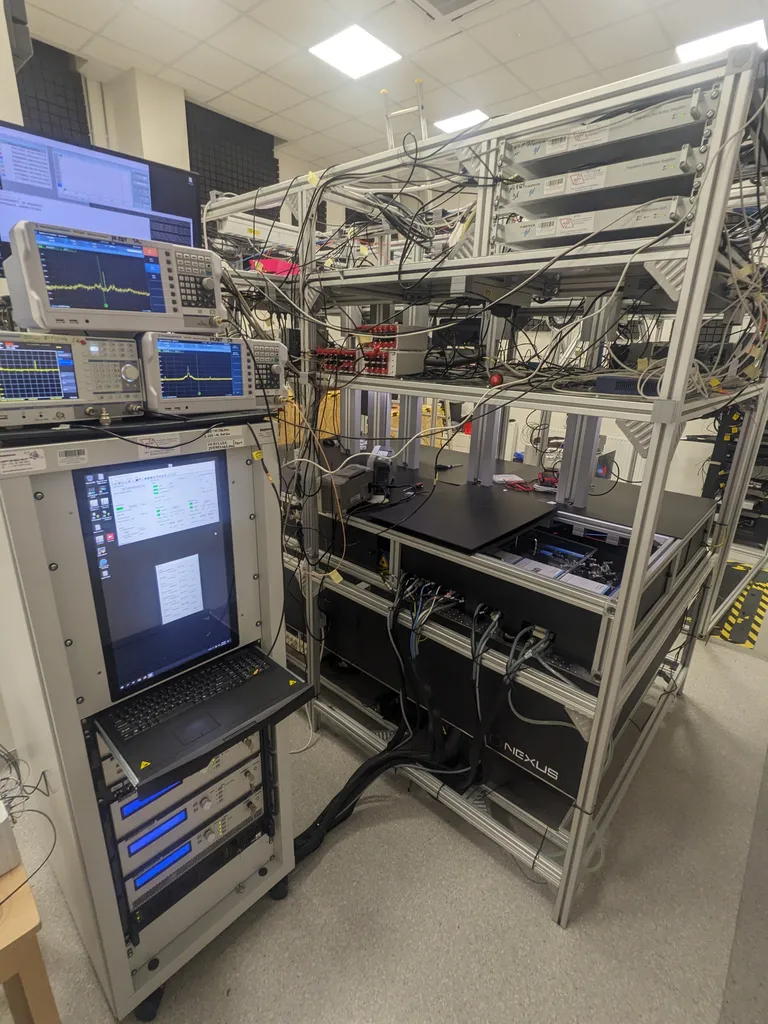 5/17Credit: Piotr Morzyński
5/17Credit: Piotr Morzyński -
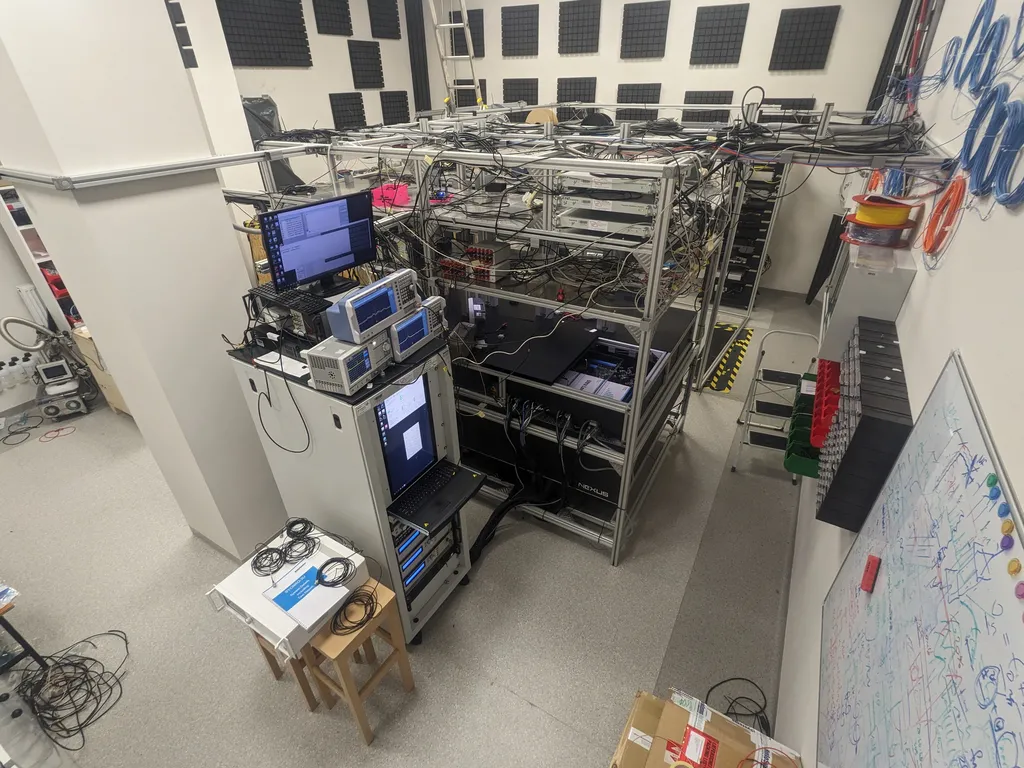 6/17Credit: Piotr Morzyński
6/17Credit: Piotr Morzyński -
 7/17Credit: Piotr Morzyński
7/17Credit: Piotr Morzyński -
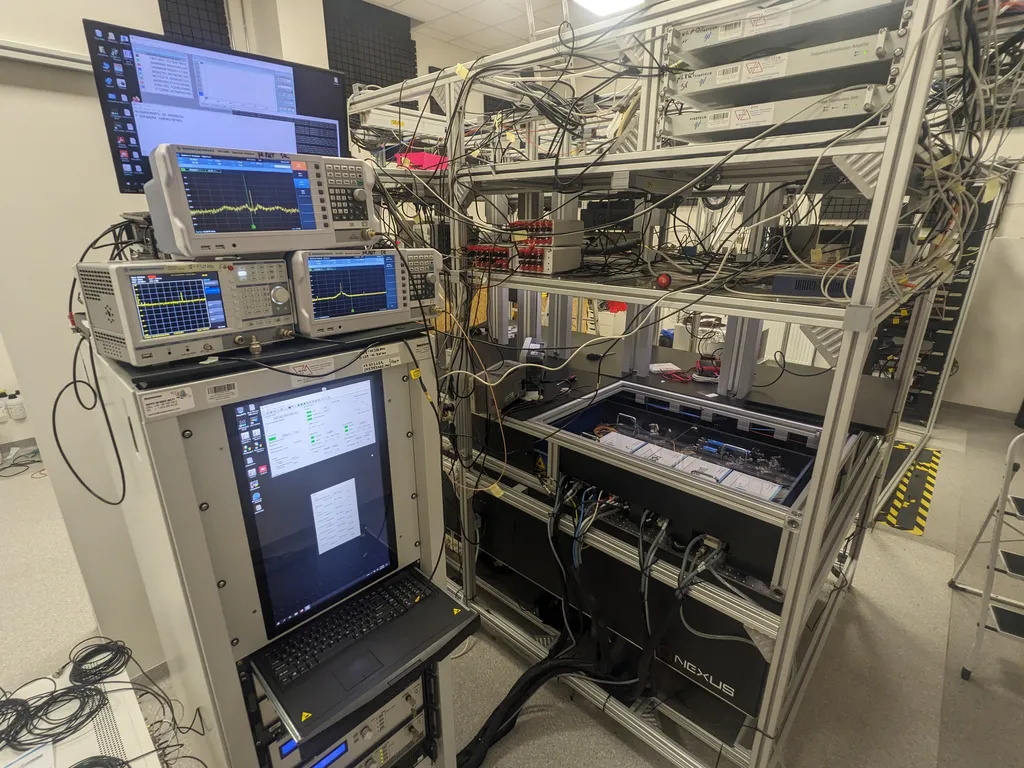 8/17Credit: Piotr Morzyński
8/17Credit: Piotr Morzyński -
 9/17Credit: Piotr Morzyński
9/17Credit: Piotr Morzyński -
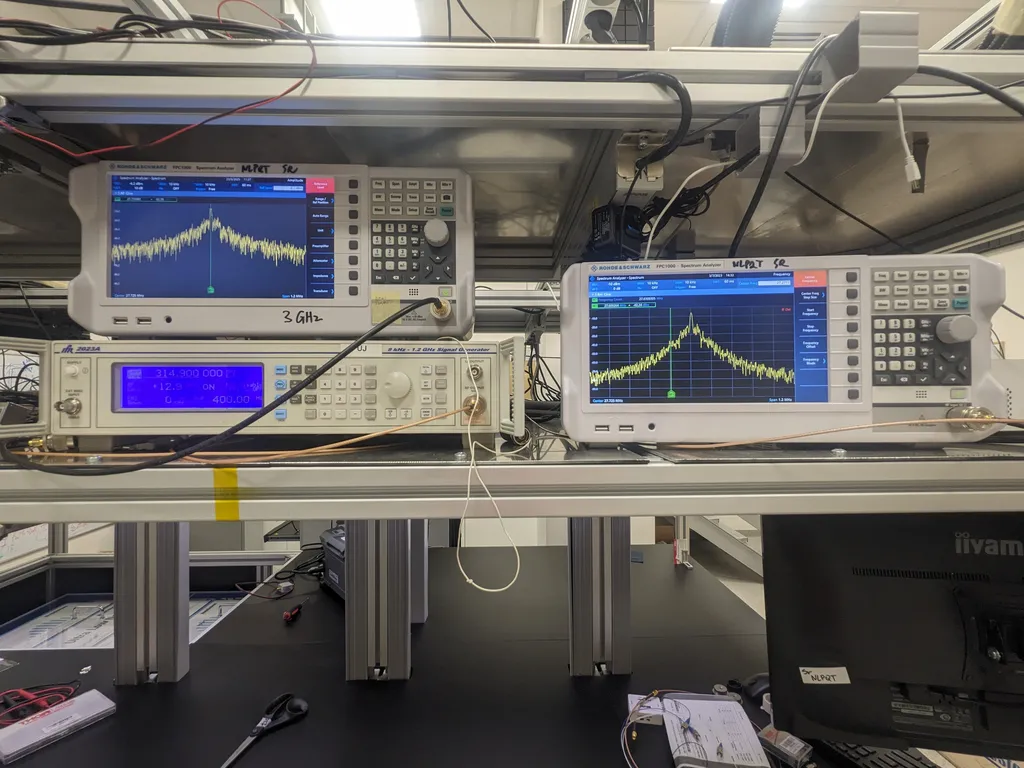 10/17Credit: Piotr Morzyński
10/17Credit: Piotr Morzyński -
 11/17Credit: Piotr Morzyński
11/17Credit: Piotr Morzyński -
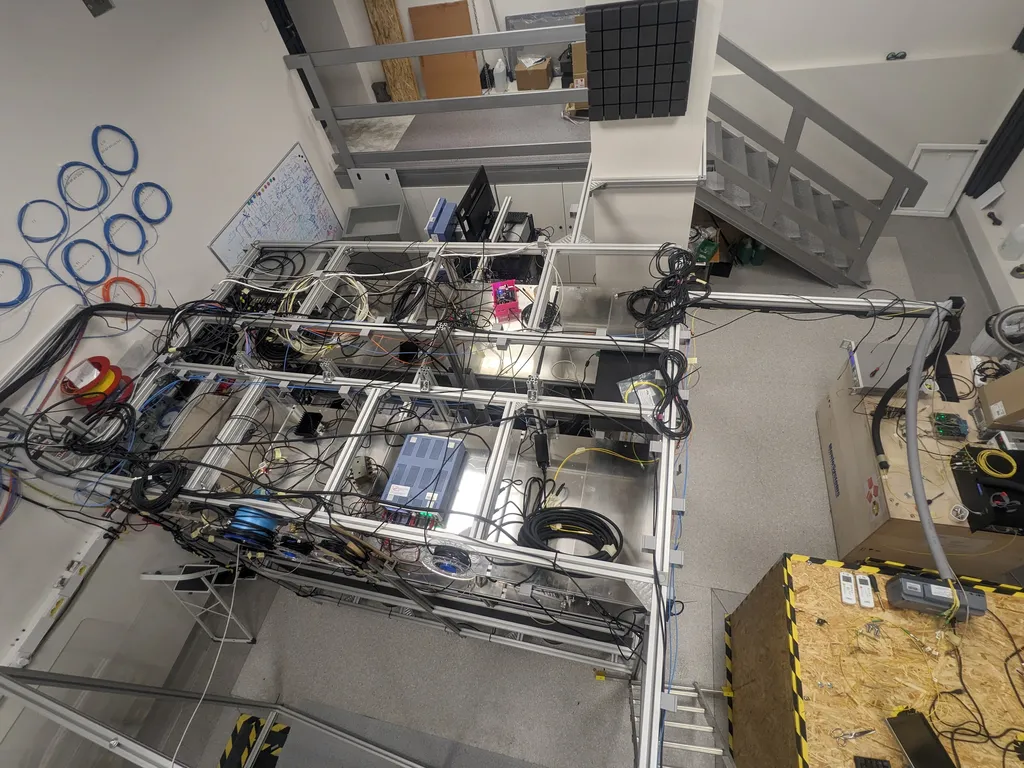 12/17Credit: Piotr Morzyński
12/17Credit: Piotr Morzyński -
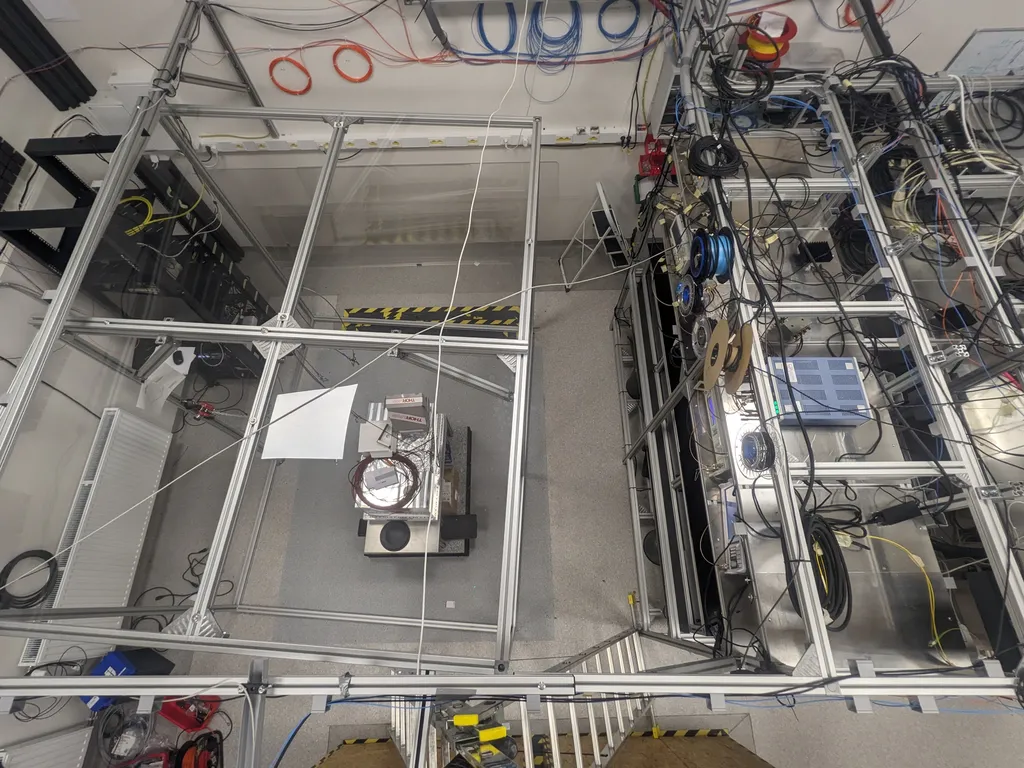 13/17Credit: Piotr Morzyński
13/17Credit: Piotr Morzyński -
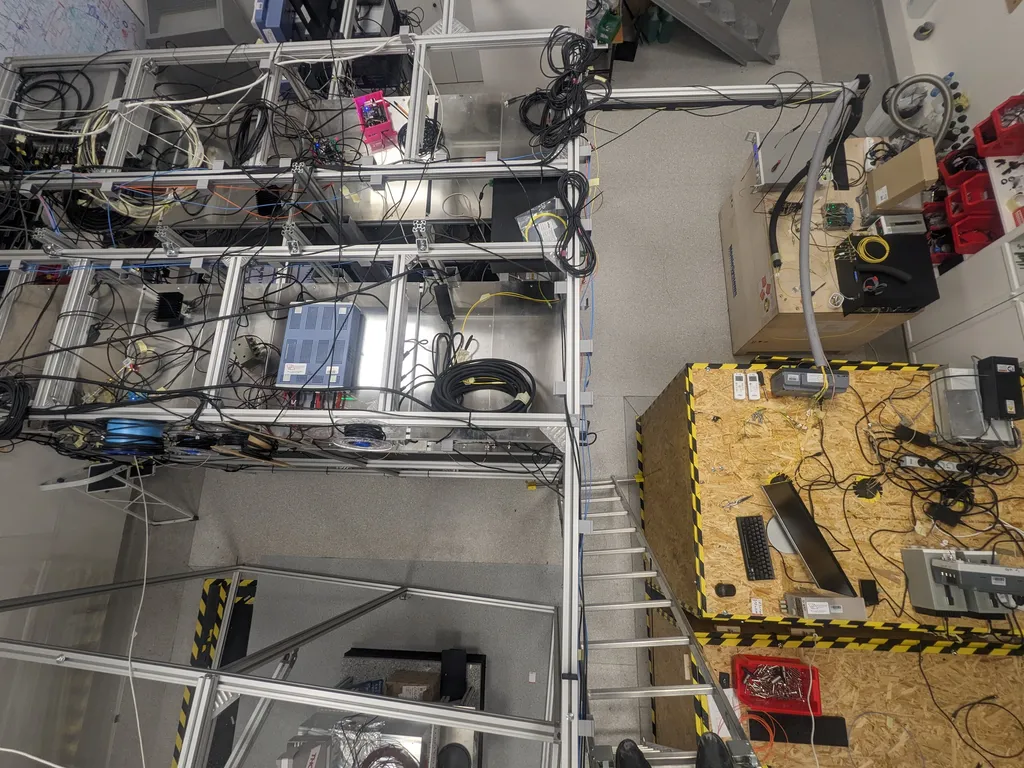 14/17Credit: Piotr Morzyński
14/17Credit: Piotr Morzyński -
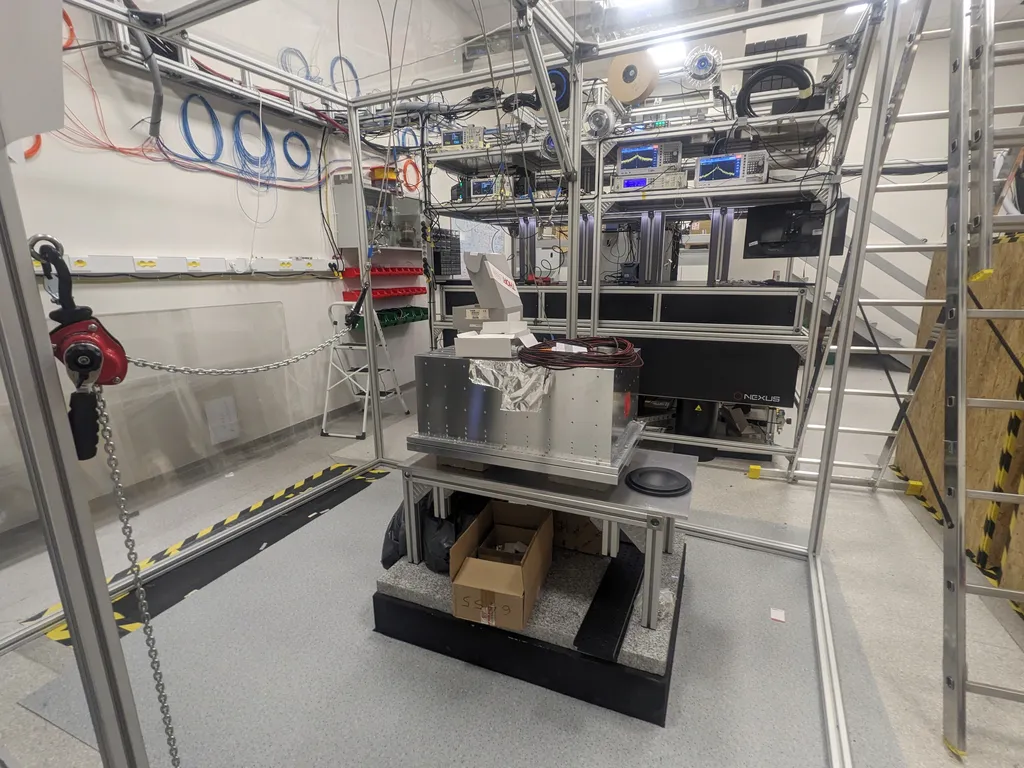 15/17Credit: Piotr Morzyński
15/17Credit: Piotr Morzyński -
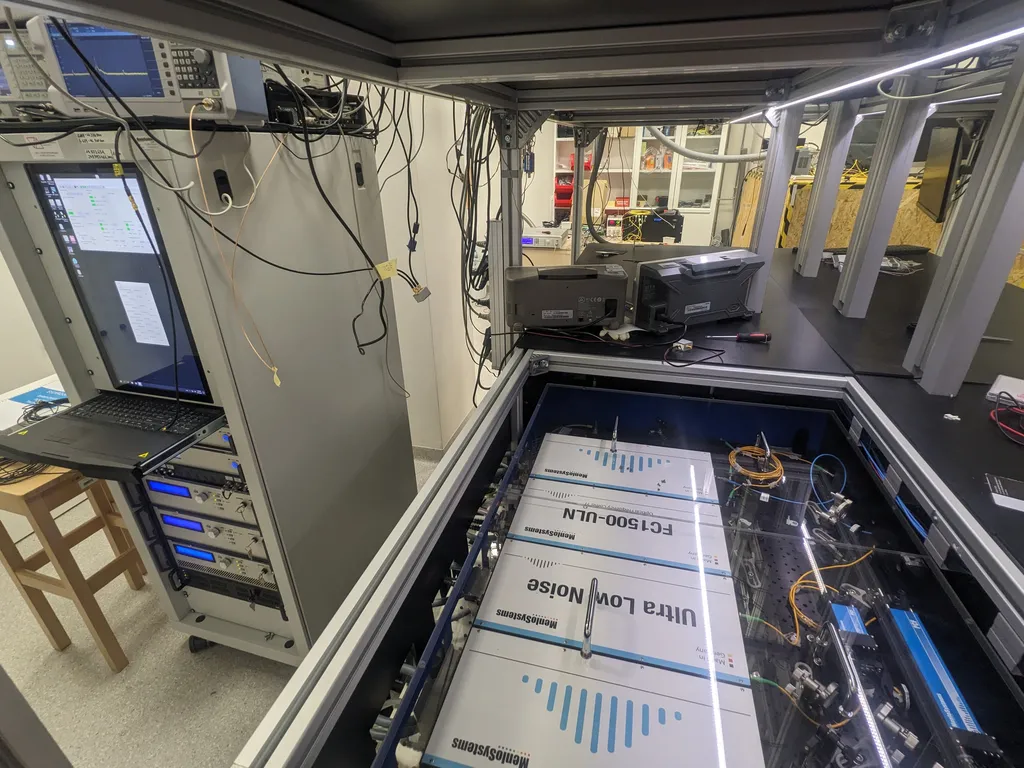 16/17Credit: Piotr Morzyński
16/17Credit: Piotr Morzyński -
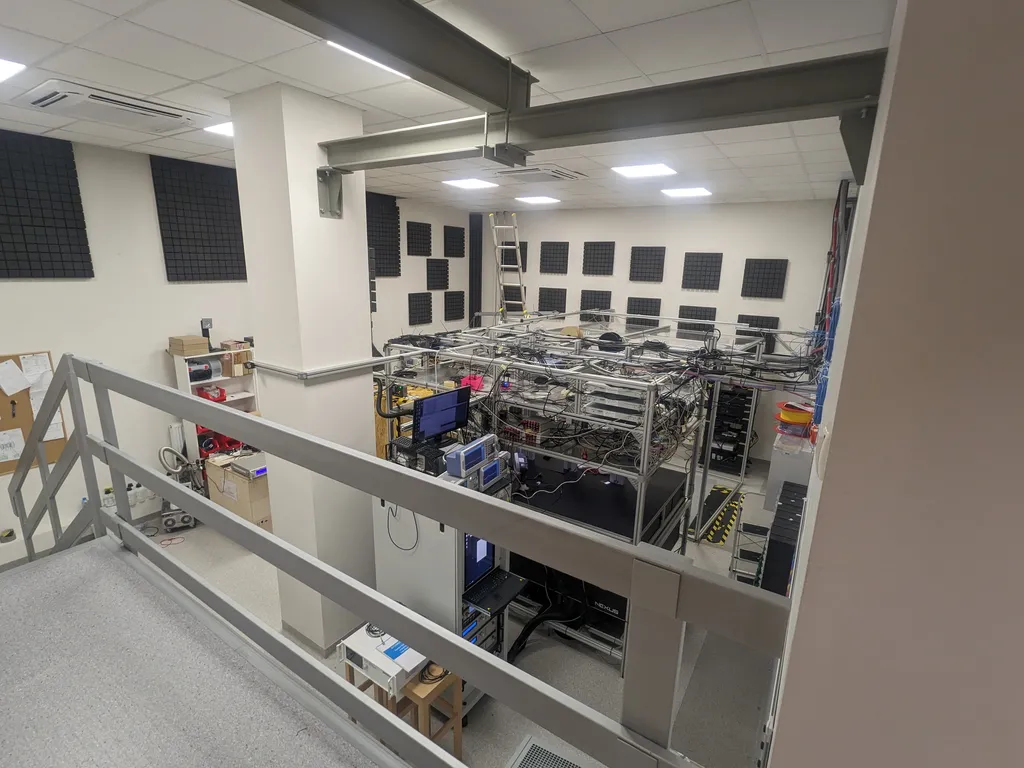 17/17Credit: Piotr Morzyński
17/17Credit: Piotr Morzyński

